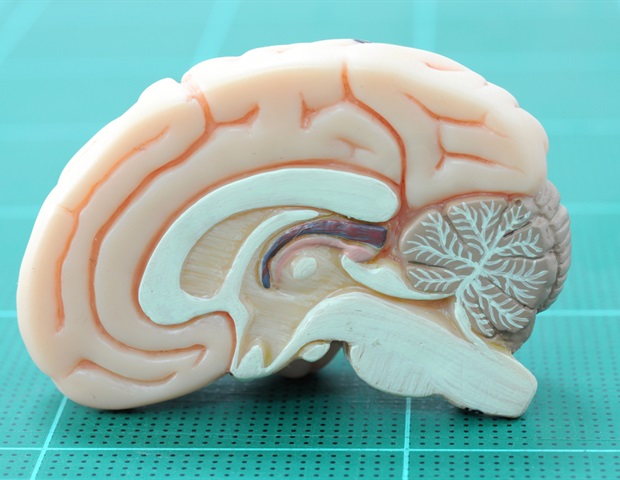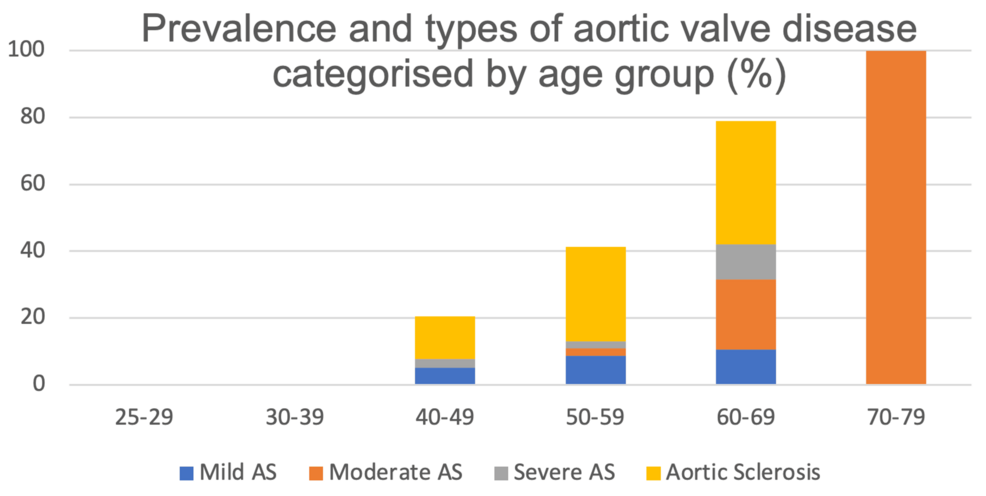It has taken some time, but Davis is rounding into form in Philadelphia. If that story sounds familiar to Eagles fans, it’s because it is. Brandon Graham, also drafted No. 13 overall but 12 years before Davis, had a slow start to his…
The day after Christmas is often a holiday for many people, prompting questions about whether retailers and services such as banks and the stock market are open on Dec. 26.
The issue is complicated by President Trump’s declaration earlier this month granting federal workers two additional holidays, on Dec. 24 and Dec. 26.
The day after Christmas in the U.S. is a traditional day for making gift returns — the first opportunity after the holiday to exchange presents that didn’t quite make the grade. That means most U.S. retailers are open on Dec. 26, although it’s always a good idea to check your local store’s hours before heading out the door.
Is the stock market open the day after Christmas?
Yes, the New York Stock Exchange and the Nasdaq are open for their normal trading hours on Dec. 26, after closing on Christmas Day and ending trading early, at 1 p.m. EST, on Christmas Eve.
On Friday, regular trading begins at 9:30 a.m. EST and ends at 4 p.m.
Are banks open the day after Christmas?
Banks are also open on Dec. 26, as the day isn’t observed as a holiday by the Federal Reserve system.
Is the U.S. Postal Service open on Dec. 26?
According to the U.S. Postal Service, Dec. 26 is a regular delivery day for the agency, after the postal agency was closed in observance of Christmas.








